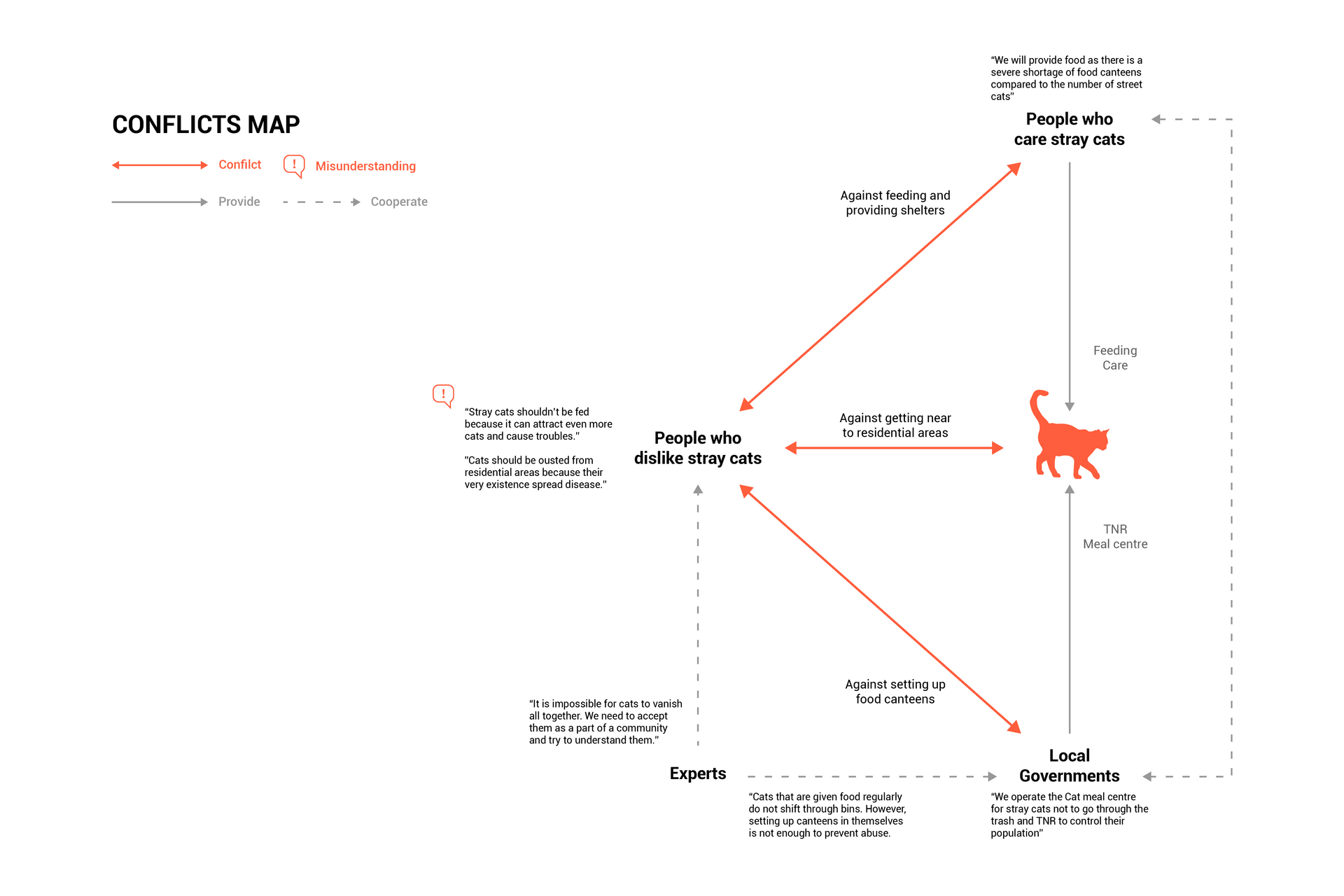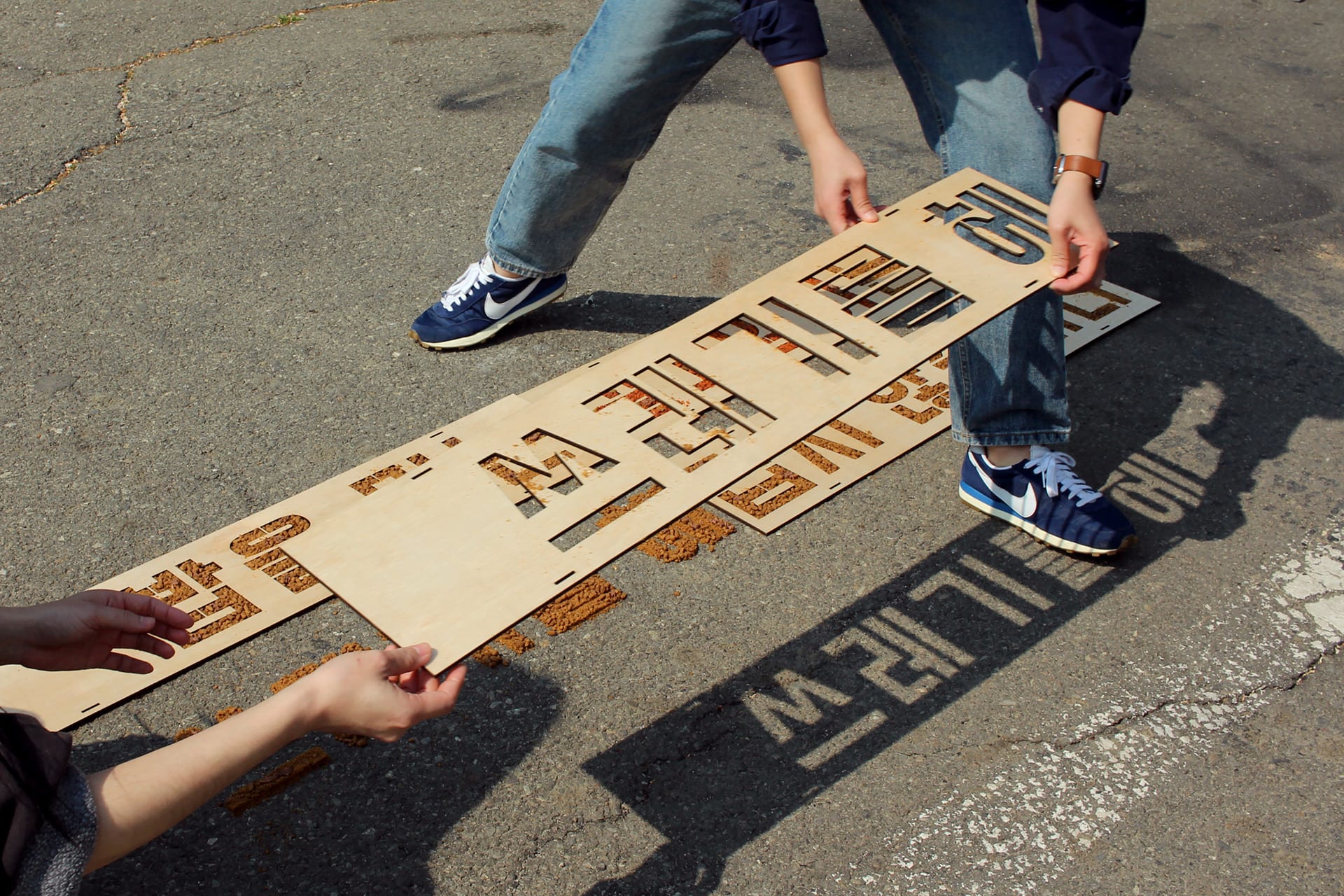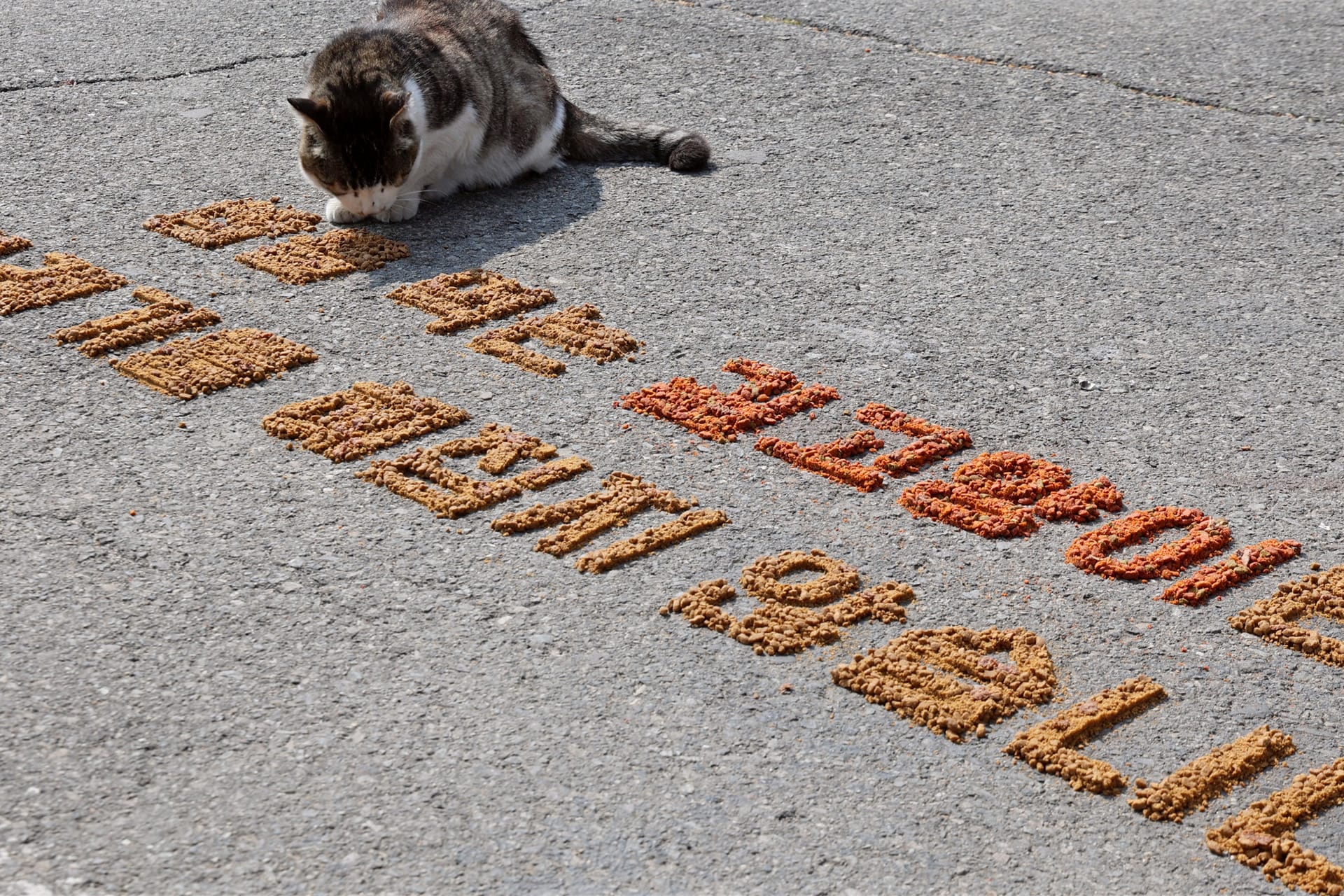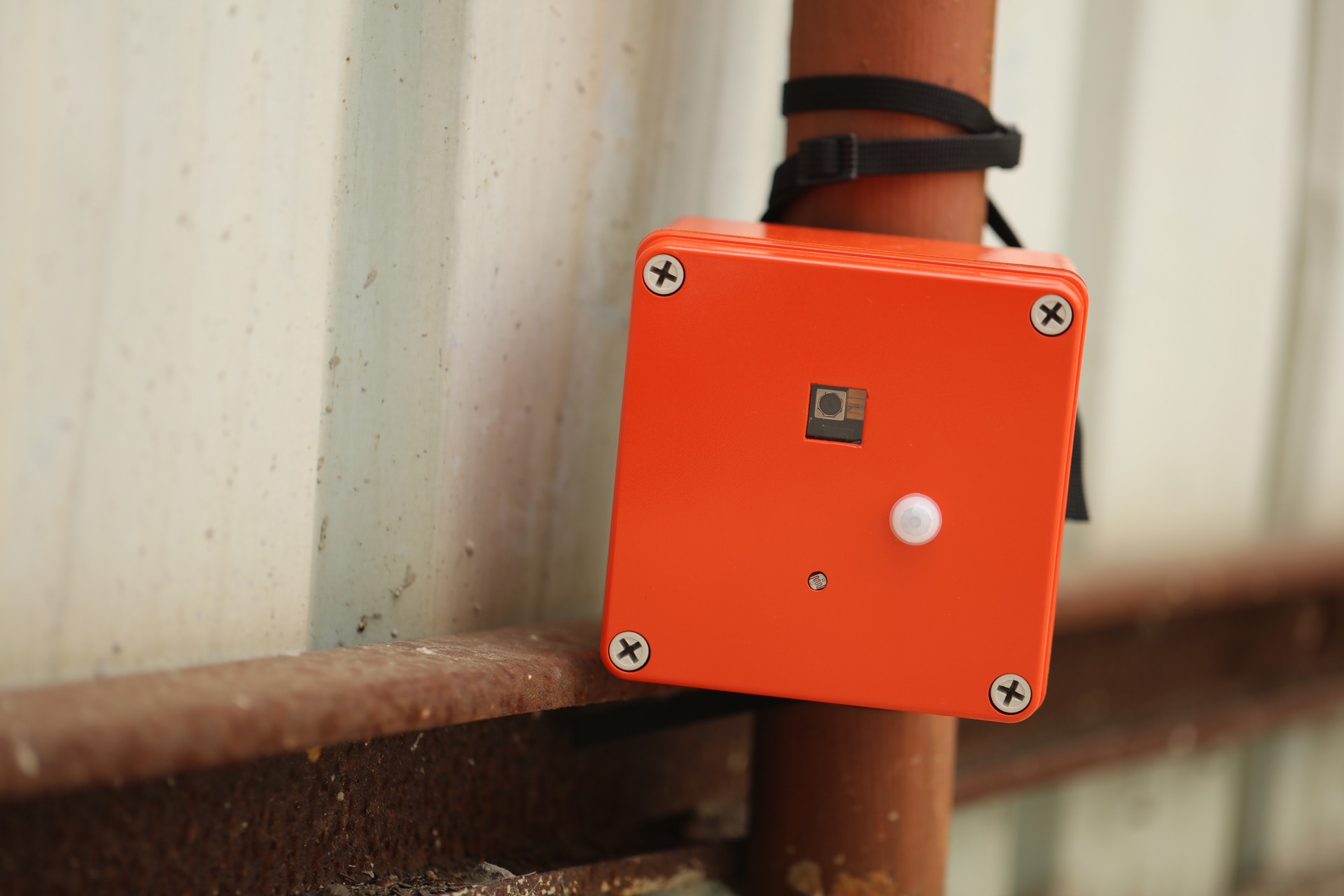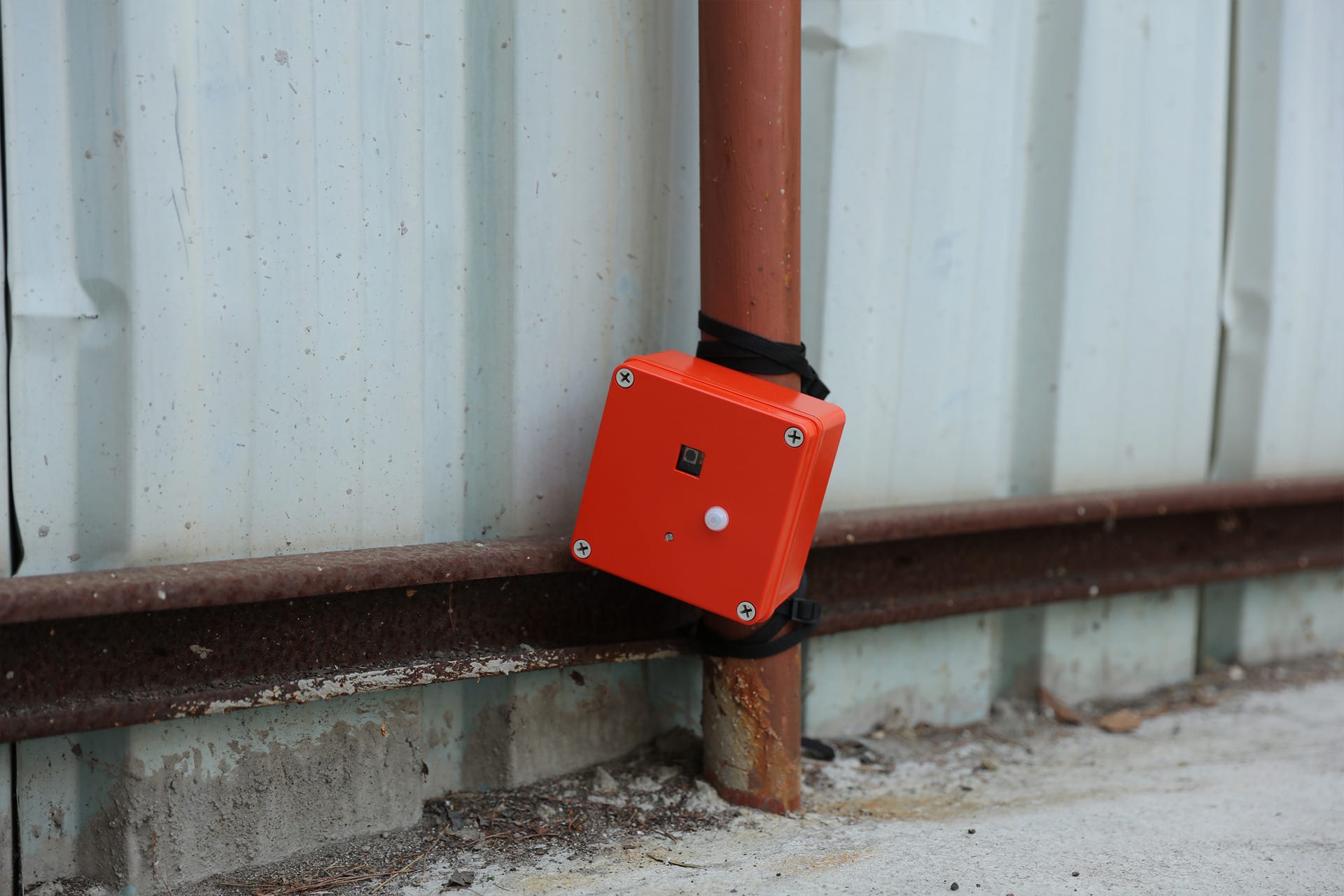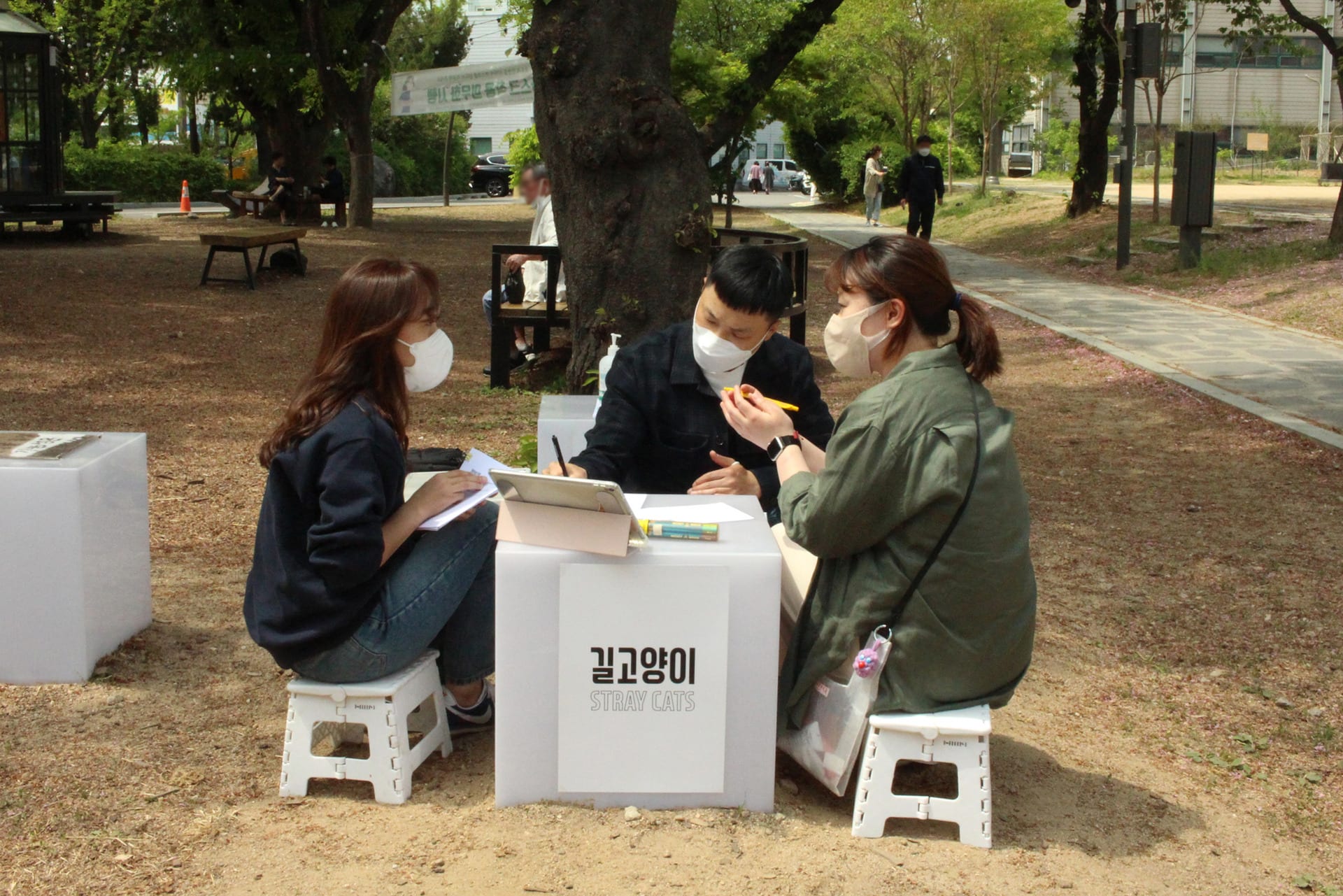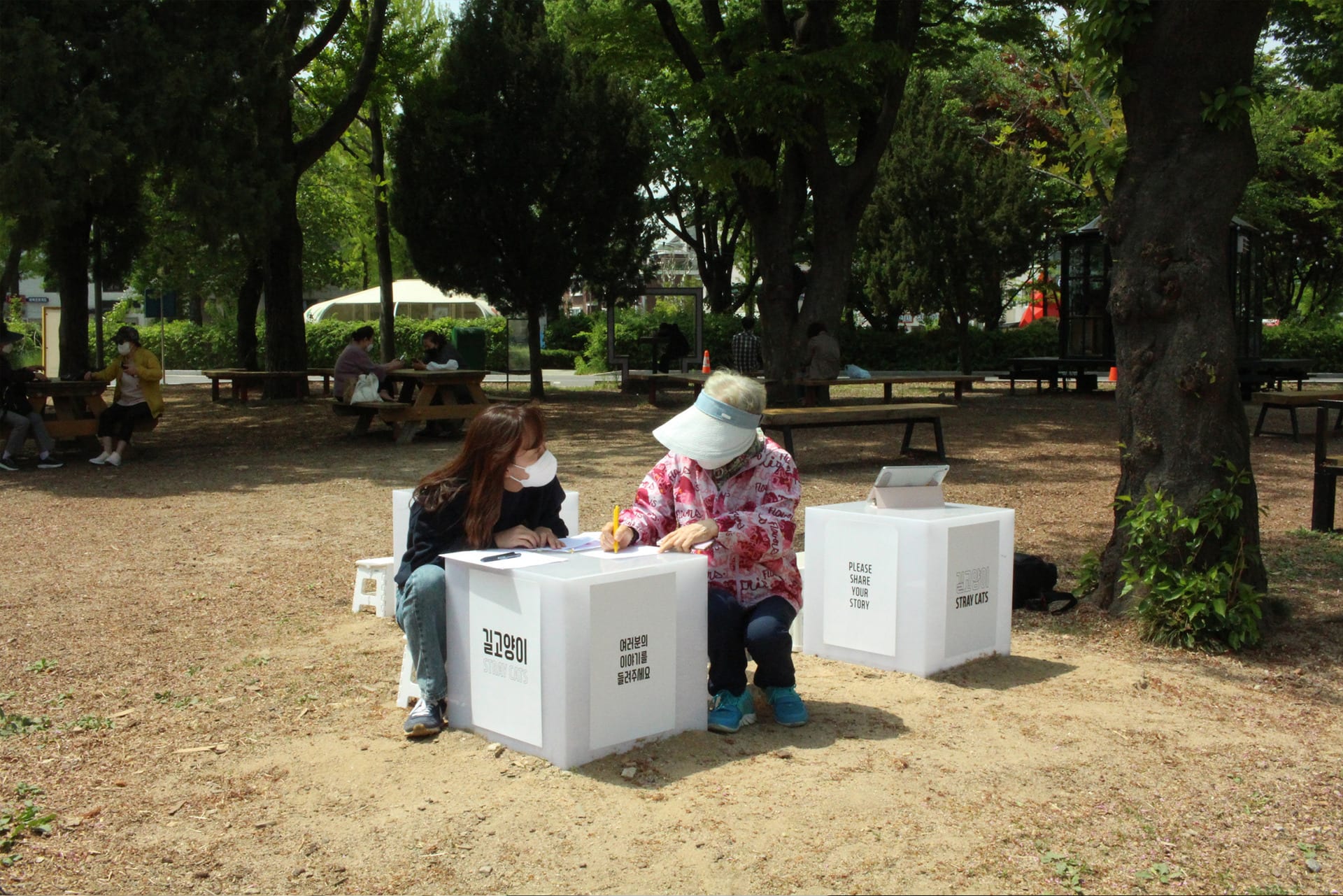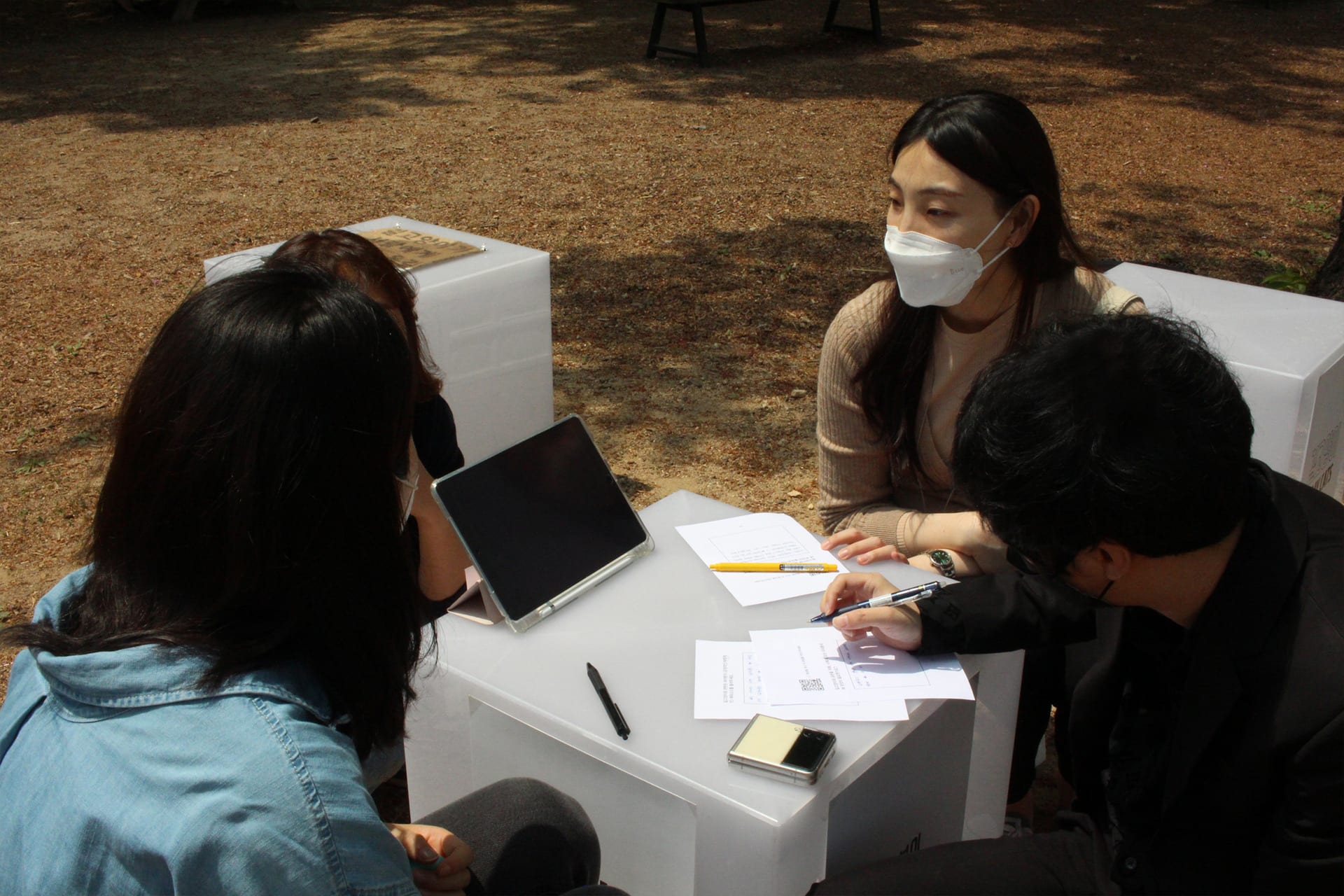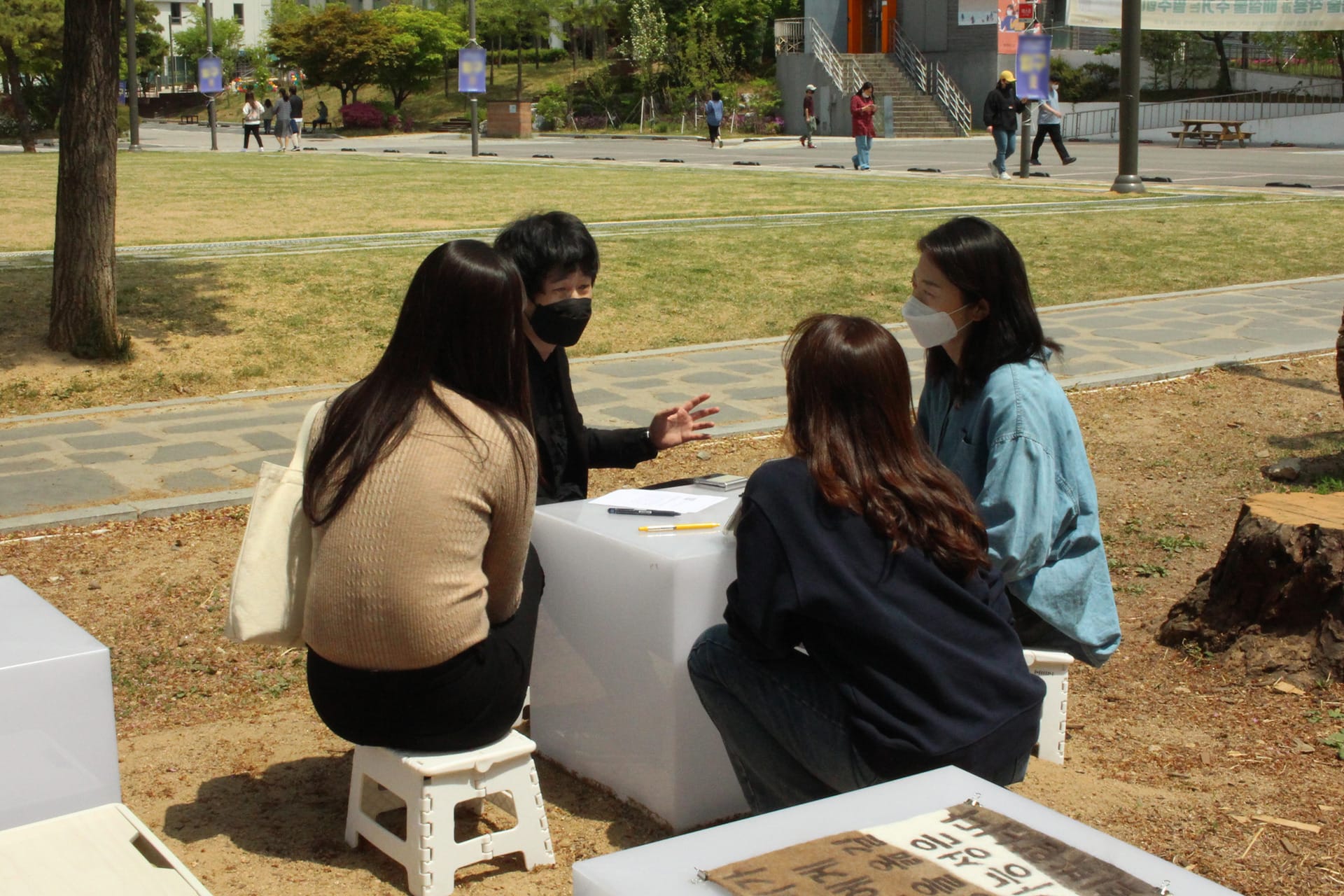Dayun Jung is a designer/design strategist based in London and Seoul. She majored in Industrial and Information Engineering as an undergraduate, and also studied visual/video design alongside. Afterward, she worked for a design thinking education consulting company and designed a design thinking play education program for young children (using everyday objects, the program encourages a person to experience a process of solving various topics through conversation and observation). She then moved to the UK where she studied interior design at Brighton and now she is at the final stages of her Design Products postgraduate degree here at RCA.
Her ways of seeing the world from multiple perspectives with attentiveness originated from these diverse experiences, and the combination of her backgrounds in the use of industrial data, visual communication, and design thinking play various roles in projects.
Awards
Korea International Design Award, Bronze Winner, 2020
Seoul Future Innovation Forum, Seoul Mayor Awards Winner, 2016
Exhibition
London Design Festival, 2021
Design Beyond data, Design Korea Festival, 2020



